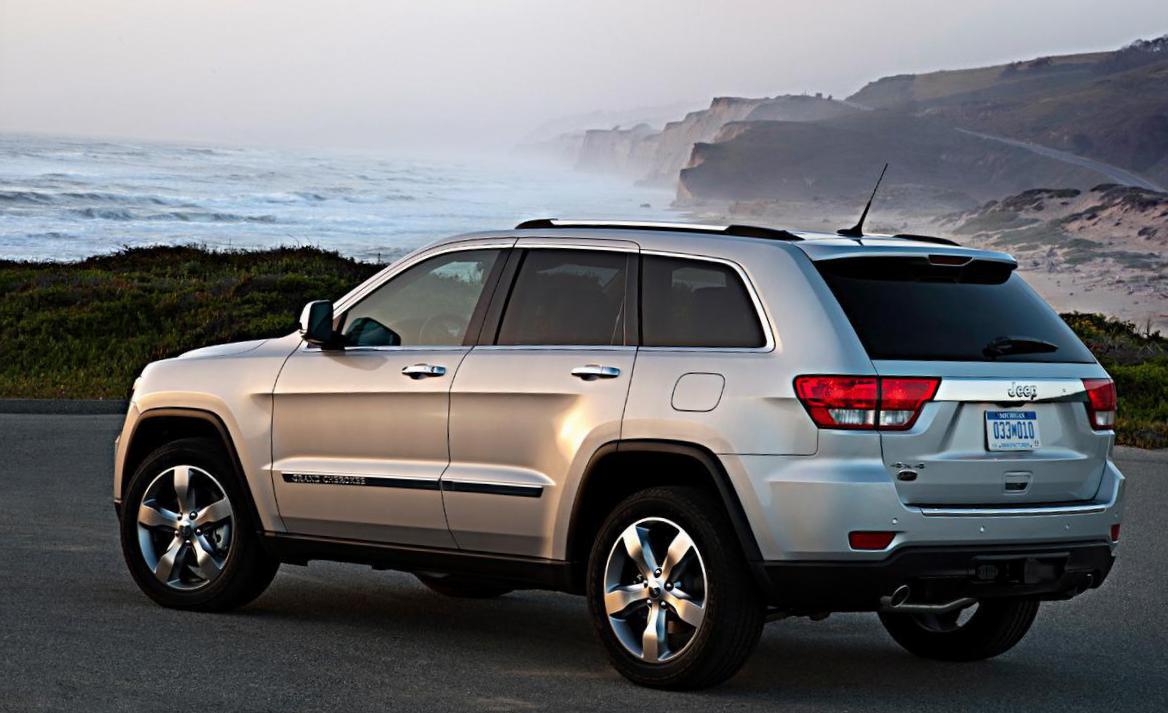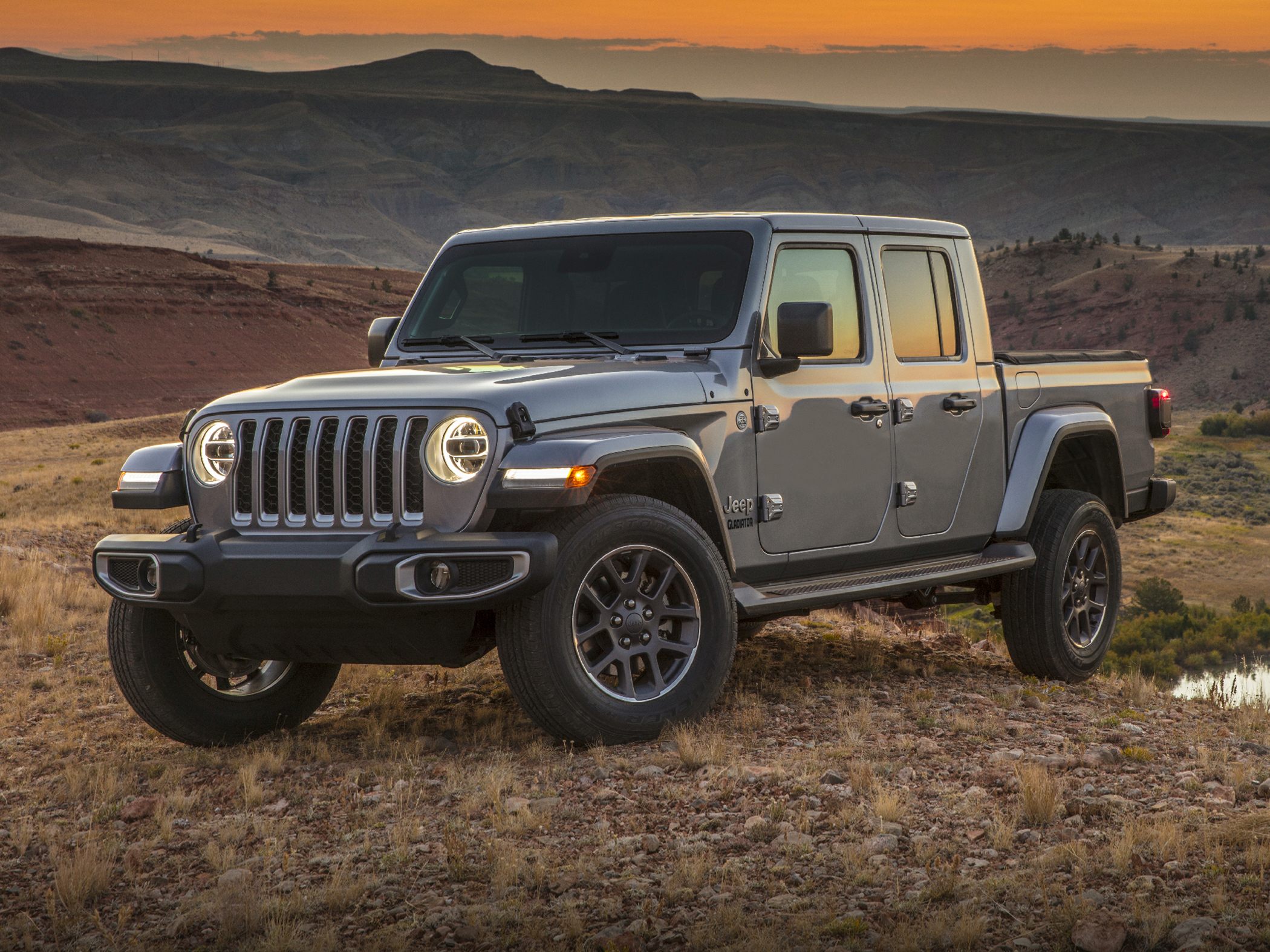Jeep Cherokee Lease Offers: Your Comprehensive Guide to Driving Adventure
Jeep Cherokee Lease Offers: Your Comprehensive Guide to Driving Adventure jeeps.truckstrend.com
The Jeep Cherokee. The name itself conjures images of rugged capability, adventurous spirit, and the freedom of the open road – or the challenging trail. For many, owning such an iconic vehicle is a dream, but the upfront cost and long-term commitment of a purchase can be daunting. This is where Jeep Cherokee Lease Offers become an incredibly attractive and practical alternative.
Leasing a Jeep Cherokee means enjoying all the benefits of driving a brand-new vehicle – the latest technology, safety features, and that unmistakable Jeep performance – without the burdens of full ownership. It’s essentially a long-term rental agreement that allows you to drive the vehicle for a set period and mileage, typically with lower monthly payments than financing a purchase. In a market where vehicle prices continue to rise, leasing offers a flexible and affordable pathway to getting behind the wheel of your desired Cherokee. This comprehensive guide will delve into every aspect of Jeep Cherokee lease offers, empowering you with the knowledge to make an informed decision and embark on your next adventure with confidence.
Jeep Cherokee Lease Offers: Your Comprehensive Guide to Driving Adventure
What is a Car Lease and How Does it Apply to the Jeep Cherokee?
At its core, a car lease is an agreement to pay for the depreciation of a vehicle over a specified term, plus interest and fees. Unlike buying, where you pay for the entire vehicle, leasing means you only pay for the portion of the vehicle’s value you "use" during the lease period.
For a Jeep Cherokee, this translates to:
- Capitalized Cost (Cap Cost): This is essentially the selling price of the vehicle, often negotiable, just like when buying. A lower cap cost means lower monthly payments.
- Residual Value: This is the estimated value of the Jeep Cherokee at the end of the lease term. It’s determined by the leasing company and is a significant factor in your monthly payment. A higher residual value (meaning the car is expected to hold its value well) results in lower monthly payments. Jeep Cherokees often have strong residual values due to their brand appeal and durability.
- Money Factor: This is the interest rate equivalent on your lease. It’s expressed as a small decimal (e.g., 0.00200). To convert it to an approximate annual percentage rate (APR), multiply by 2400 (0.00200 x 2400 = 4.8% APR). A lower money factor means lower interest charges.
- Lease Term: Typically 24, 36, or 48 months. Shorter terms usually mean higher monthly payments but faster access to a new vehicle.
- Mileage Allowance: This specifies the maximum number of miles you can drive annually (e.g., 10,000, 12,000, or 15,000 miles). Exceeding this limit incurs per-mile overage charges, usually between $0.15 to $0.25 per mile.

Your monthly lease payment is primarily calculated based on the difference between the capitalized cost and the residual value (the depreciation) divided by the lease term, plus the money factor applied to the average lease balance, along with taxes and fees.

Why Lease a Jeep Cherokee? Benefits and Advantages
Leasing a Jeep Cherokee offers a compelling array of benefits that often outweigh traditional financing for many drivers:
- Lower Monthly Payments: This is arguably the biggest draw. Lease payments are almost always significantly lower than loan payments for the same vehicle, as you’re only paying for depreciation, not the entire purchase price. This frees up cash flow or allows you to afford a higher trim level or more features than you might otherwise.
- Drive a New Vehicle More Often: Lease terms are typically short (2-4 years), meaning you can regularly upgrade to the latest Jeep Cherokee model with the newest technology, safety features, and design updates. No more worrying about falling behind on automotive trends.
- Manufacturer Warranty Coverage: Throughout the entire lease term, your Jeep Cherokee will almost certainly be covered by the manufacturer’s bumper-to-bumper warranty. This means less concern about unexpected repair costs, providing peace of mind.
- Less Hassle at End of Term: At the end of your lease, you simply return the vehicle to the dealership (assuming it meets wear-and-tear guidelines and mileage limits). There’s no need to deal with selling a used car, negotiating trade-in values, or advertising.
- Potential Tax Advantages for Businesses: If you use your Jeep Cherokee for business, a portion of lease payments may be tax-deductible, which is a significant advantage over purchasing. (Consult a tax professional).
- Predictable Maintenance Costs: Since you’re driving a new vehicle, routine maintenance is usually all that’s required. Some lease offers even include maintenance packages, further simplifying your budgeting.

Navigating Jeep Cherokee Lease Offers: A Step-by-Step Guide
Securing the best Jeep Cherokee lease deal requires a strategic approach. Here’s how to navigate the process:
Step 1: Research Models and Trims
The Jeep Cherokee comes in various trims, each offering different features, capabilities, and price points. Research options like the Latitude, Latitude Plus, Altitude, Limited, Trailhawk, and Summit. Understand how features like 4×4 systems, engine options (2.4L Tigershark, 3.2L Pentastar V6, 2.0L Turbo), infotainment systems, and luxury amenities impact the MSRP and, consequently, the lease payment. Decide which trim best suits your lifestyle and budget.
Step 2: Understand Lease Components (Revisited)
Before you talk to a dealer, ensure you fully grasp how Capitalized Cost, Residual Value, and Money Factor interact to determine your payment. This knowledge empowers you during negotiations. Remember that higher trims will generally have higher capitalized costs but might also have higher residual values if they are in high demand.
Step 3: Determine Your Budget and Mileage Needs
Be realistic about what you can afford monthly and how many miles you typically drive annually. If you commute long distances, a higher mileage allowance (e.g., 15,000 miles/year) might be more cost-effective upfront than paying overage fees later. If you rarely drive, a lower allowance (e.g., 10,000 miles/year) can save you money.
Step 4: Shop Around for Deals
Don’t settle for the first offer. Contact multiple Jeep dealerships, both locally and potentially in neighboring towns. Compare their advertised lease specials, but also ask for custom quotes based on your desired trim and mileage. Look for manufacturer incentives from Stellantis Financial (Jeep’s parent company) or specific regional lease programs. These often include reduced money factors or capitalized cost reductions.
Step 5: Negotiate Lease Terms
- Negotiate the Vehicle Price (Capitalized Cost): Treat this like buying a car. The lower the negotiated selling price of the vehicle, the lower your monthly lease payment will be. Don’t focus solely on the monthly payment.
- Negotiate the Money Factor: Your credit score heavily influences this. If you have excellent credit, aim for the lowest possible money factor. Dealers often mark this up, so ask if it’s the "buy rate" (the rate the leasing company offers the dealer).
- Minimize Down Payments (Capitalized Cost Reduction): While a larger down payment lowers your monthly payment, it’s generally advised to keep it minimal ($0-$2,000). If the vehicle is totaled early in the lease, you may lose that upfront money. Focus on reducing the capitalized cost instead.
- Address Fees: Be aware of the acquisition fee (a charge for setting up the lease, usually around $595-$995) and the disposition fee (a fee for returning the vehicle at the end of the lease, usually $350-$495). Sometimes these can be waived or reduced.
Step 6: Read the Lease Agreement Carefully
Before signing, meticulously read every line of the lease agreement. Pay close attention to:
- Total capitalized cost
- Residual value
- Money factor
- Monthly payment breakdown (including taxes and fees)
- Mileage allowance and per-mile overage charge
- Wear and tear guidelines
- Early termination penalties
- End-of-lease options
Step 7: End-of-Lease Options
Understand your choices as the lease approaches its end:
- Return the Vehicle: The most common option. Simply bring the Cherokee back to the dealership.
- Buy Out the Lease: You have the option to purchase the vehicle for its residual value plus any remaining fees.
- Extend the Lease: Some leasing companies allow short-term extensions.
- Lease a New Jeep: Often, dealerships will offer incentives to lease another new Jeep when your current lease ends.
Important Considerations When Leasing a Jeep Cherokee
While leasing offers many advantages, it’s crucial to be aware of potential pitfalls:
- Mileage Limits: This is the most common pitfall. If you exceed your agreed-upon mileage, you’ll face significant per-mile charges. Be honest about your driving habits.
- Wear and Tear: Leasing companies have specific guidelines for "excessive wear and tear." Dings, dents, scratches, stained interiors, and damaged tires beyond normal wear can result in charges at lease end. Understand these guidelines upfront.
- Early Termination Penalties: Breaking a lease early is almost always very expensive. You’ll likely be responsible for the remaining payments, unamortized costs, and various fees. Only consider early termination if you have no other choice.
- Insurance Requirements: Leasing companies typically require full-coverage insurance with higher liability limits than you might otherwise choose. Factor these costs into your budget.
- Fees, Fees, Fees: Beyond the monthly payment, be prepared for an acquisition fee, disposition fee, registration fees, and sales tax (which can be applied to the full vehicle price or just the monthly payments, depending on your state).
- Credit Score Impact: Your credit score is paramount. An excellent score will secure you the lowest money factor (interest rate), significantly impacting your overall lease cost. A poor credit score may make leasing difficult or much more expensive.
Optimizing Your Jeep Cherokee Lease Deal: Tips and Strategies
To ensure you get the best possible lease on your Jeep Cherokee, employ these smart strategies:
- Negotiate the Selling Price First: Always negotiate the "capitalized cost" (the price of the car) as if you were buying it. A lower selling price directly translates to lower depreciation and thus a lower monthly payment.
- Focus on the Money Factor: Once the selling price is set, shift your attention to the money factor. Ask if it’s the "buy rate" and if there are any incentives that can lower it.
- Look for Manufacturer Incentives: Jeep (Stellantis Financial) frequently offers special lease deals with reduced money factors, capitalized cost reductions, or waived fees. Check the official Jeep website and dealer sites regularly.
- Consider a One-Pay Lease: If you have the cash, paying the entire lease upfront (a "one-pay" or "single-pay" lease) can significantly reduce the total interest paid, often saving you hundreds or even thousands of dollars.
- Time Your Lease: Lease deals often improve at the end of the month, quarter, or model year as dealerships try to meet sales targets. Holidays (Memorial Day, Labor Day, Black Friday) are also popular times for promotions.
- Avoid Excessive Down Payments: While a down payment lowers monthly payments, if the vehicle is stolen or totaled, you might lose that upfront cash. Focus on negotiating down the capitalized cost instead.
- Know Your Trade-In Value (If Applicable): If you have a trade-in, research its value beforehand using sites like Kelley Blue Book or Edmunds. Ensure the dealer applies its full value as a capitalized cost reduction, not just as a separate payment.
- Ask About Wear-and-Tear Protection: Some dealerships offer optional wear-and-tear protection plans. For a moderate fee, these can cover minor dings, scratches, and interior damage, potentially saving you money at lease end. Evaluate if the cost is worth the peace of mind.
Hypothetical Jeep Cherokee Lease Offers Price Table (Illustrative)
Please note: These figures are hypothetical and illustrative only. Actual lease prices vary significantly based on current manufacturer incentives, regional offers, dealer discounts, your credit score, market conditions, and negotiation. This table is designed to show the types of information you’ll encounter and the relative differences between trims.
| Jeep Cherokee Trim Level | Estimated MSRP (Illustrative) | Lease Term (Months) | Annual Mileage Allowance | Estimated Monthly Payment (Excl. Tax) | Estimated Due at Signing (Excl. Tax & Reg) | Notes/Assumptions |
|---|




